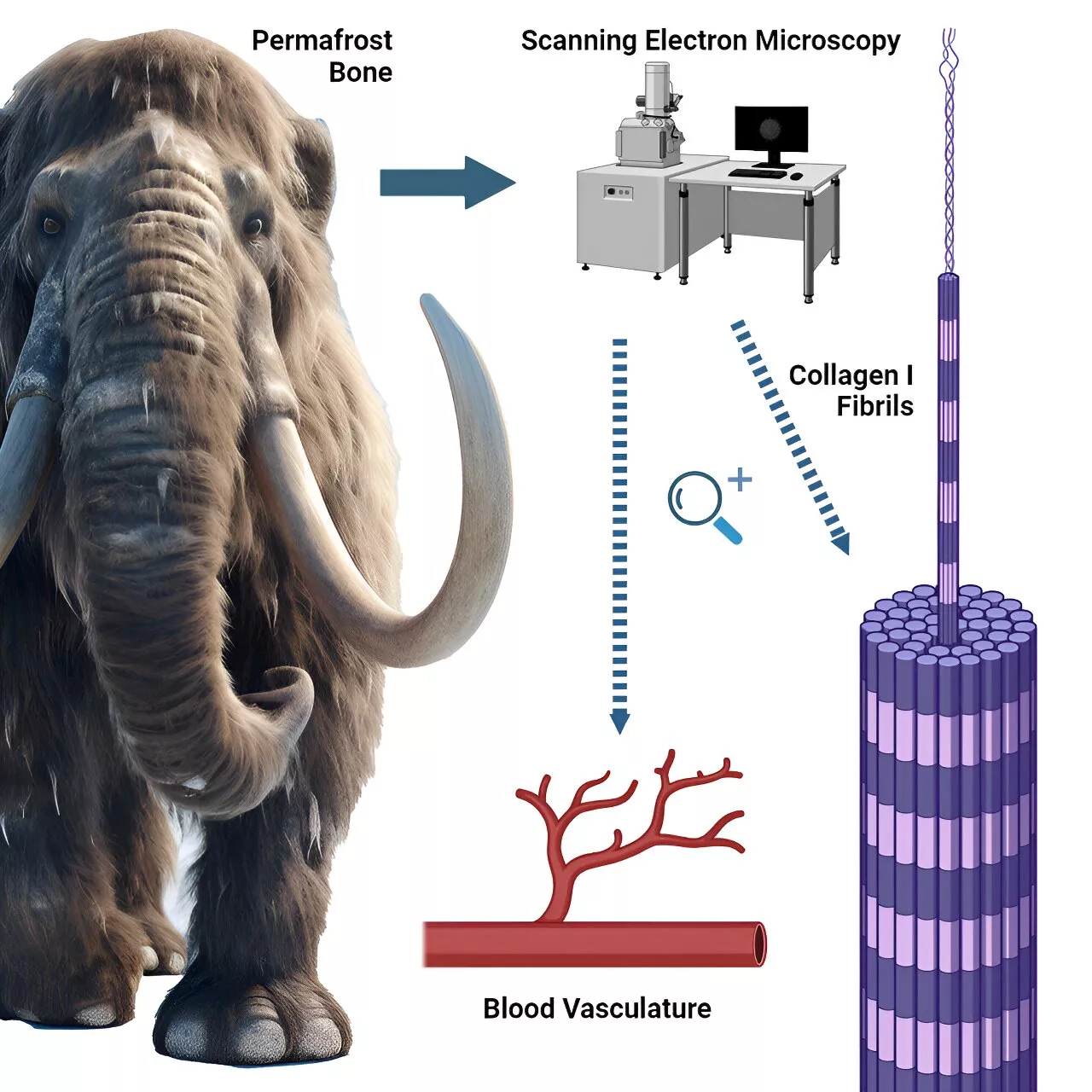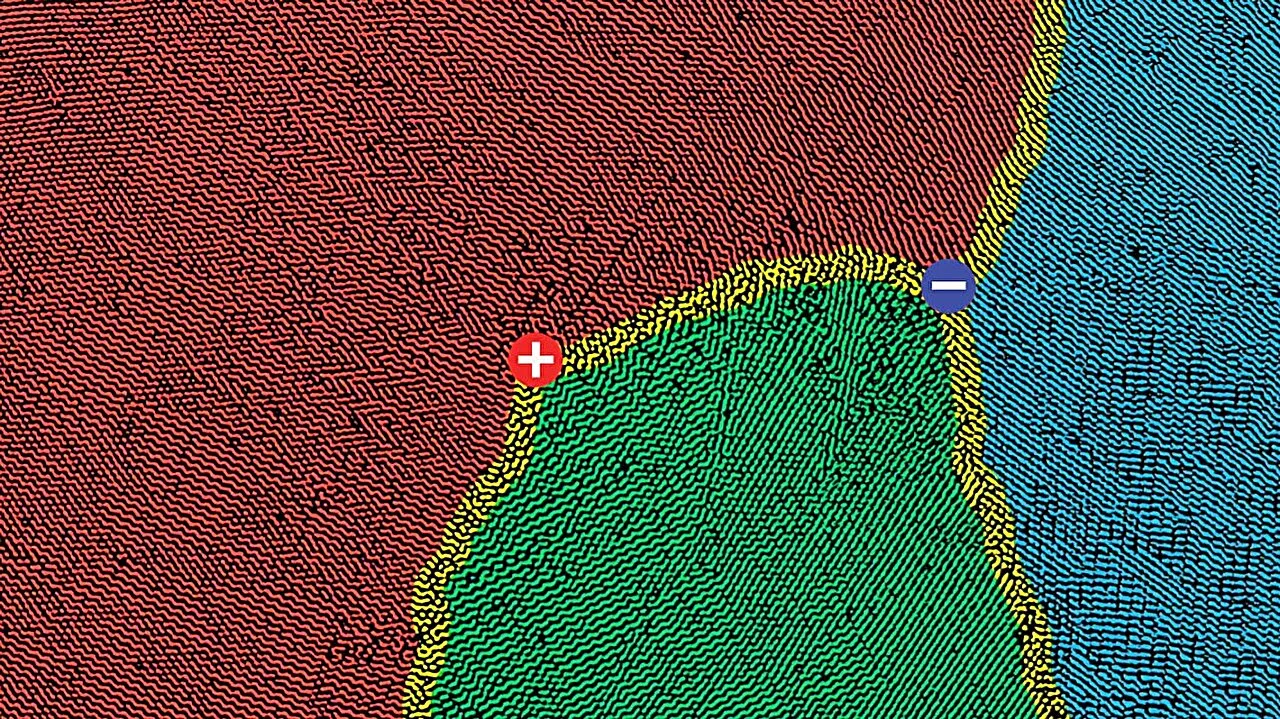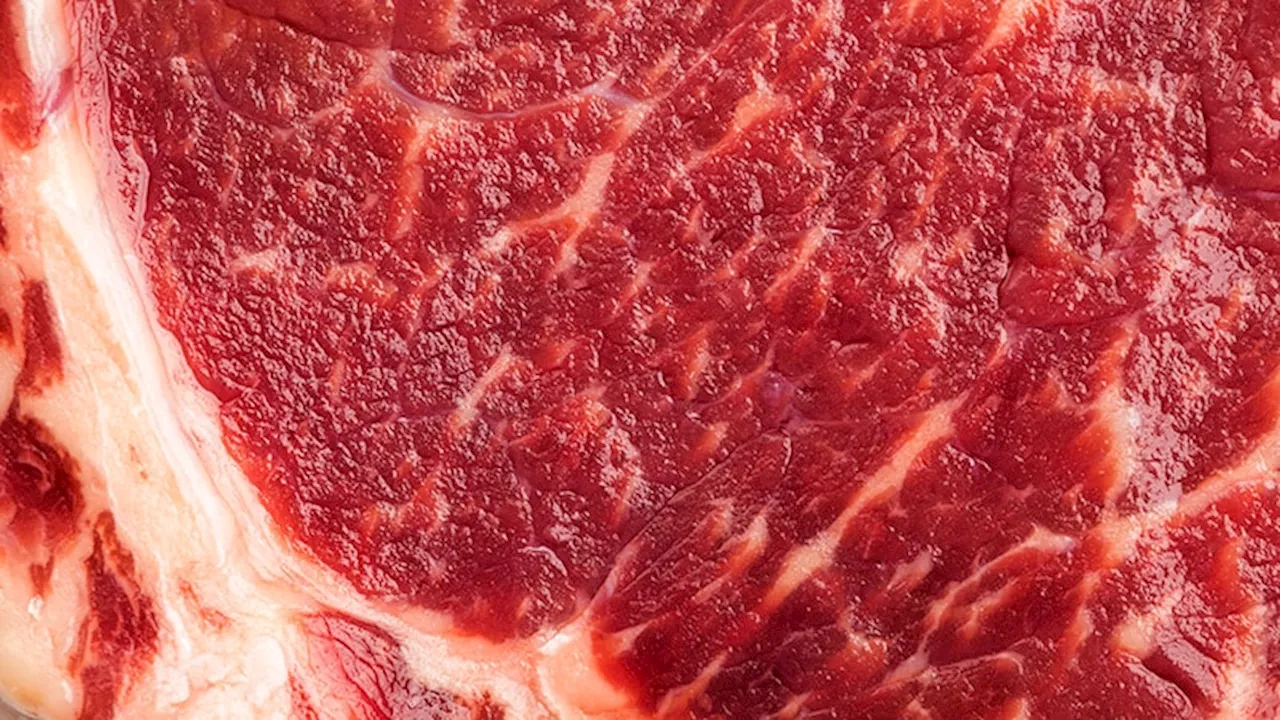The ability to repair tissue following injuries is essential for the survival of all animals. Following wounding, the skin is repaired by activating, migrating, and dividing skin stem cells. Defects of wound healing in humans lead to chronic wounds that constitute a significant clinical problem with a huge financial burden.
Tissue fluidization during skin repair is crucial for wound healing, study reveals retrieved 21 August 2024 from https://phys.org/news/2024-08-tissue-fluidization-skin-crucial-wound.html
This document is subject to copyright. Apart from any fair dealing for the purpose of private study or research, no part may be reproduced without the written permission. The content is provided for information purposes only.59 minutes agoUse this form if you have come across a typo, inaccuracy or would like to send an edit request for the content on this page. For general inquiries, please use ourThank you for taking time to provide your feedback to the editors.
Your feedback is important to us. However, we do not guarantee individual replies due to the high volume of messages.to let the recipient know who sent the email. Neither your address nor the recipient's address will be used for any other purpose. The information you enter will appear in your e-mail message and is not retained by Phys.org in any form.Get weekly and/or daily updates delivered to your inbox.
Physics News Science News Technology News Physics Materials Nanotech Technology Science
United States Latest News, United States Headlines
Similar News:You can also read news stories similar to this one that we have collected from other news sources.
 Nanoscopic imaging aids in understanding protein, tissue preservation in ancient bonesA pilot study from North Carolina State University shows that nanoscopic 3D imaging of ancient bone not only provides further insight into the changes soft tissues undergo during fossilization, it also has potential as a fast, practical way to determine which specimens are likely candidates for ancient DNA and protein sequence preservation.
Nanoscopic imaging aids in understanding protein, tissue preservation in ancient bonesA pilot study from North Carolina State University shows that nanoscopic 3D imaging of ancient bone not only provides further insight into the changes soft tissues undergo during fossilization, it also has potential as a fast, practical way to determine which specimens are likely candidates for ancient DNA and protein sequence preservation.
Read more »
 Weaker tissue and TP demand hits Kimberly-Clark earningsIrving-based Kimberly-Clark Corp., the owner of the Kleenex brand, reported quarterly sales that trailed estimates, partially driven by retailers lowering...
Weaker tissue and TP demand hits Kimberly-Clark earningsIrving-based Kimberly-Clark Corp., the owner of the Kleenex brand, reported quarterly sales that trailed estimates, partially driven by retailers lowering...
Read more »
 New 3D reconstruction method aids analysis of property-defining defectsAn international research collaboration, including a group from Cornell Engineering, has applied a new X-ray-based reconstruction technique to observe, for the first time, topological defects in a nanoscale self-assembly-based cubic network structure of a polymer-metal composite material imaged over a relatively large sample volume.
New 3D reconstruction method aids analysis of property-defining defectsAn international research collaboration, including a group from Cornell Engineering, has applied a new X-ray-based reconstruction technique to observe, for the first time, topological defects in a nanoscale self-assembly-based cubic network structure of a polymer-metal composite material imaged over a relatively large sample volume.
Read more »
 Dangers of Intramuscular Fat Tissue Are Often UnderestimatedIntramuscular fat tissue increases the risk for type 2 diabetes and cardiovascular diseases.
Dangers of Intramuscular Fat Tissue Are Often UnderestimatedIntramuscular fat tissue increases the risk for type 2 diabetes and cardiovascular diseases.
Read more »
 Nanoscopic imaging aids in understanding protein, tissue preservation in ancient bonesA pilot study shows that nanoscopic 3-D imaging of ancient bone not only provides further insight into the changes soft tissues undergo during fossilization, it also has potential as a fast, practical way to determine which specimens are likely candidates for ancient DNA and protein sequence preservation.
Nanoscopic imaging aids in understanding protein, tissue preservation in ancient bonesA pilot study shows that nanoscopic 3-D imaging of ancient bone not only provides further insight into the changes soft tissues undergo during fossilization, it also has potential as a fast, practical way to determine which specimens are likely candidates for ancient DNA and protein sequence preservation.
Read more »
 Research sheds light on the role of PTPRK in tissue repair and cancerNew research has advanced our knowledge of multiple roles for PTPRK, a receptor tyrosine phosphatase linked to the regulation of cell-cell adhesion, growth factor signalling and tumor suppression. Through a characterization of the function of PTPRK in human cell lines and mice, the team distinguished catalytic and non-catalytic functions of PTPRK.
Research sheds light on the role of PTPRK in tissue repair and cancerNew research has advanced our knowledge of multiple roles for PTPRK, a receptor tyrosine phosphatase linked to the regulation of cell-cell adhesion, growth factor signalling and tumor suppression. Through a characterization of the function of PTPRK in human cell lines and mice, the team distinguished catalytic and non-catalytic functions of PTPRK.
Read more »
